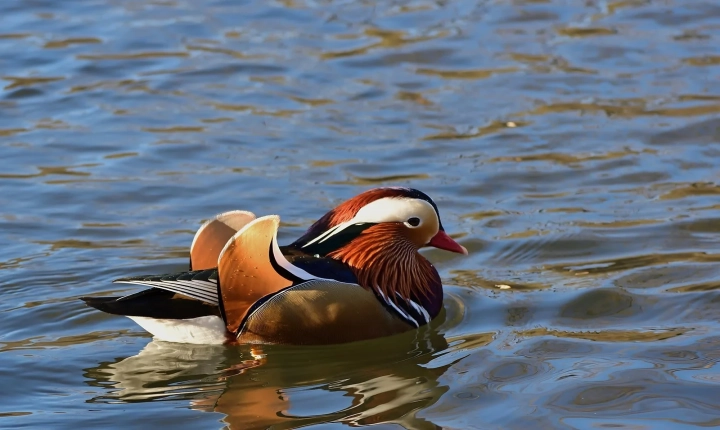Title: A Beginner’s Guide to Selling AI Art as NFTs
As the world of art and technology continues to intersect, a new trend has emerged in the form of AI-generated art being sold as Non-Fungible Tokens (NFTs). NFTs have gained significant attention in recent years, allowing digital art to be uniquely owned and traded on blockchain platforms. This has opened up a new avenue for artists who use AI to create art to monetize their work in a decentralized and secure manner. If you’re an artist interested in exploring this realm, here’s a beginner’s guide to selling AI art as NFTs.
Understand the Basics of AI Art
Before venturing into the world of NFTs, it’s essential to have a strong understanding of AI-generated art and the tools used to create it. AI art is created using algorithms and machine learning techniques, allowing artists to generate unique and often unpredictable artworks. It’s important to familiarize yourself with popular AI art software and platforms such as DeepArt, RunwayML, or Artbreeder to create compelling and visually appealing pieces.
Create and Curate Your AI Artwork
Once you’re comfortable with the tools and techniques used to create AI art, it’s time to start creating and curating your artwork. Experiment with different styles, colors, and concepts to produce a diverse portfolio of AI-generated pieces. As with any form of art, having a unique and engaging collection will help attract potential buyers in the NFT marketplace.
Choose the Right NFT Marketplace
Selecting the right NFT marketplace to sell your AI art is crucial. Platforms such as OpenSea, Rarible, and SuperRare are popular choices for artists looking to mint and sell NFTs. Research each marketplace to understand their fees, community, and requirements for listing artwork. Additionally, consider the audience and demand for AI art on these platforms to maximize the visibility and potential sales of your NFTs.
Mint Your AI Art as NFTs
Once you’ve chosen a marketplace, it’s time to mint your AI art as NFTs. Minting refers to the process of creating a unique token on the blockchain that represents a specific piece of artwork. This process typically involves uploading your art, adding relevant details such as title, description, and royalties, and paying a minting fee. Ensure that your NFTs are well-documented and visually presented to attract potential buyers.
Promote and Engage with the NFT Community
Promoting your AI art NFTs is essential to attract potential buyers and build a following within the NFT community. Utilize social media, art forums, and NFT-specific platforms to showcase your work, share your creative process, and engage with other artists and collectors. Building a strong online presence and engaging with the NFT community can significantly increase the visibility and sales potential of your AI art NFTs.
Understand the Legal and Ethical Considerations
As with any form of digital art, it’s crucial to be aware of the legal and ethical considerations surrounding AI-generated artwork. Ensure that you have the rights to sell the AI-generated art and consider issues such as copyright, ownership, and attribution. Understanding these considerations not only protects you as an artist but also instills confidence in potential buyers of your AI art NFTs.
In conclusion, selling AI art as NFTs can be a rewarding and lucrative endeavor for artists willing to explore the world of digital art and blockchain technology. By understanding the basics of AI art, creating compelling artwork, selecting the right NFT marketplace, minting NFTs, promoting your work, and being mindful of legal and ethical considerations, artists can effectively navigate this space and gain recognition for their AI-generated creations. With the growing interest in NFTs and digital art, now is an exciting time for artists to leverage AI technology and blockchain to monetize their artistic endeavors.
By following these steps, artists can position themselves for success in the emerging market of AI art NFTs, creating a new frontier for artistic expression and ownership in the digital landscape.
